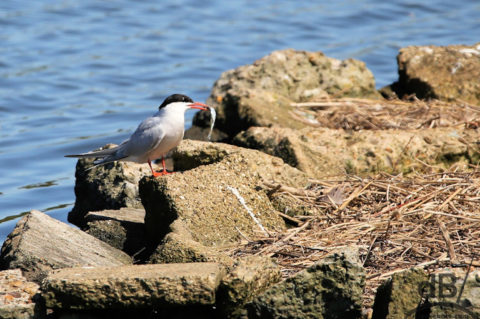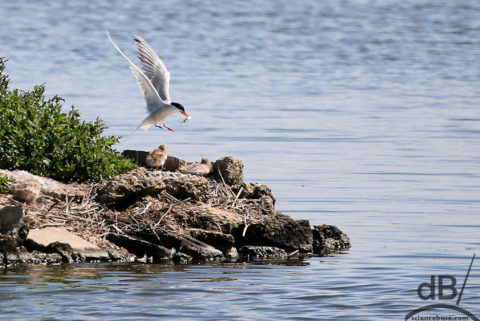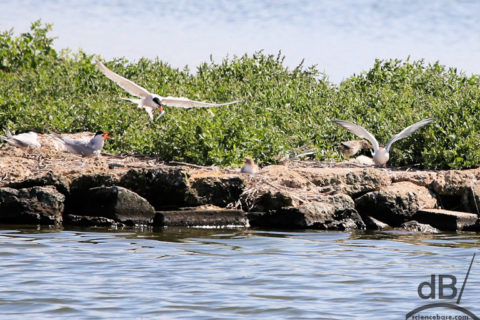…always escaping to the coast when we can, headed up the A10 (not quite as the crow flies, as we were in a car), took almost as long to get around King’s Lynn north to Snettisham as it had from here to King’s Lynn. Not to worry, we made it by midday. We’d missed the high tide turning, although I could’ve sworn the site’s website said that was just close to 11:20 am not the 10 am that it seems to have been, so the water was way out and the mudflats exposed. Not a huge variety of birds nor large numbers on the day, but we got there at the wrong time of day and at the wrong part of the tide. There were vast flocks of black-tailed godwits and knot on the horizon. A few oystercatchers, ringed plover, turnstones, and sandpipers.
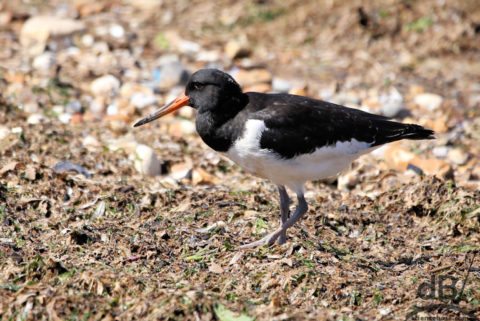
Finally got a snap of a curlew, in fact, there was an adult and a juvenile feeding on the mud.
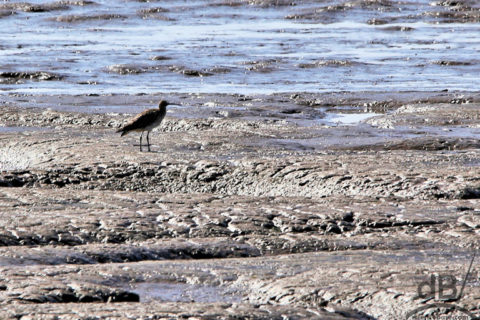
Overhead lots of common tern heading out to see and back again to feed their chicks on the islands in the lagoons behind the flood bank and out of sight of the mudflats. Several grey wagtails and pied (white) wagtails around, and a few linnets, and the inevitable LBJs. Plenty of lapwings, cormorants, and greylag geese on the lagoons. Don’t think we spotted any of the pink-footed geese for which Snettisham is renowned at certain times of year with their spectacular flocking activities as the tide rises.
Mrs Sciencebase spotted a tern bearing a silvery fish in its beak and it was quite close so got a half decent shot of that bird and some of the adults fed chicks on a more distant island. Here are a few of the very active common terns (Sterna hirundo), known to some people as sea swallows. And having watched so many birds feasting on seafood, we headed to the local fryer and had cod and chips for a very late lunch…
